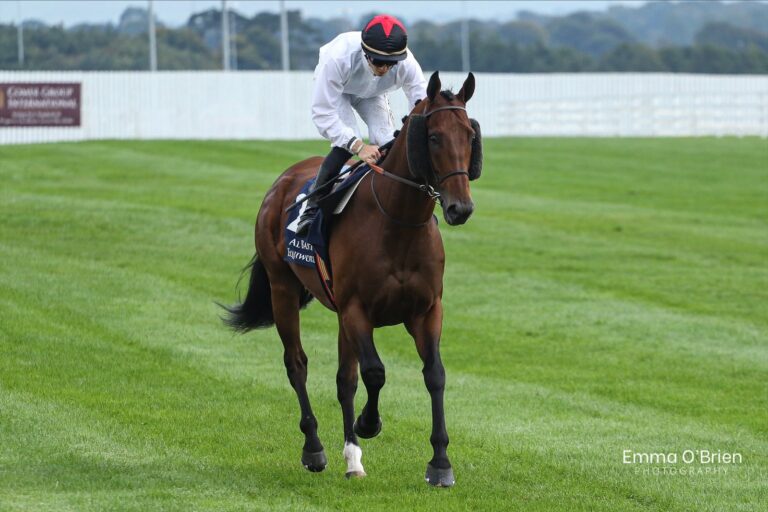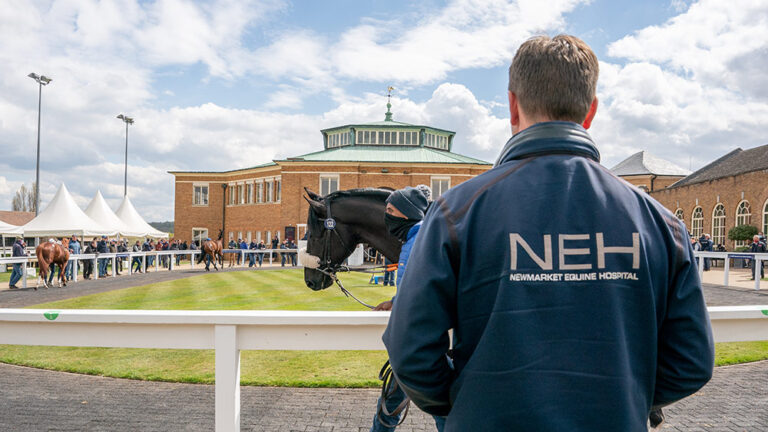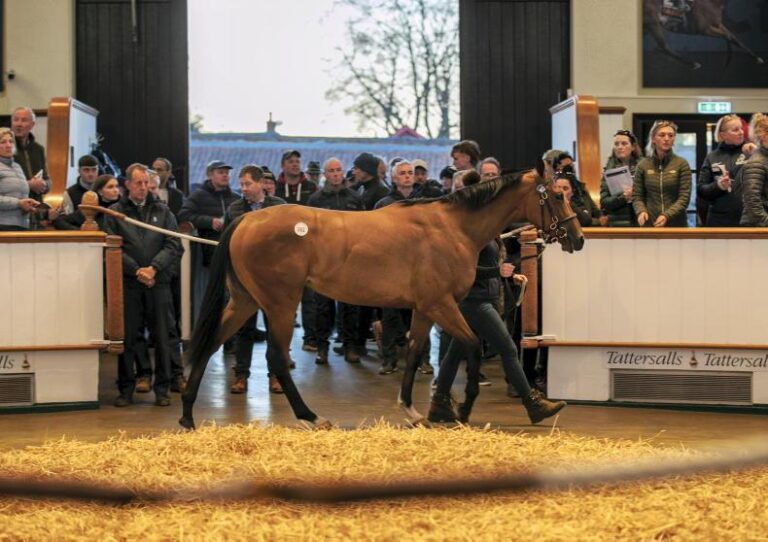Selecting the right stallion for your mare can be an intimidating task given the vast number of options available. Here are some expert tips to help you make the best decision and ensure great value:
The first step is to consider your mare’s location. With over 100 stallions standing in Ireland and a similar number in the UK, as well as numerous options in France, Australia, and America, it’s important to choose a stallion within a reasonable geographic range. This will help you avoid the substantial costs of shipping your mare long distances unless absolutely necessary.
A good rule of thumb we have is to send unproven mares to proven stallions. Proven stallions, such as Sea the Stars, Kodi Bear, Havana Grey and Blue Point, have demonstrated success producing racehorses and offer a higher chance of producing successful progeny. This approach helps determine if the mare has the potential to produce winners or if it’s time to move on to another prospect.
For proven mares, you might consider taking a chance on an unproven stallion. While most new stallions do not achieve success, those that do can provide lucrative returns. Stallions with rising fees due to the success of their progeny can be particularly rewarding investments.
Look for standout attributes that might set the stallion apart. Was he particularly brilliant in Group One races? If not, were there extenuating circumstances that still make him a good choice?
It’s important to avoid inbreeding when selecting a stallion. Too much inbreeding can lead to genetic defects and negatively impact the health and performance of the progeny. Make sure to check the pedigree of your horse carefully. A more healthy form of inbreeding can be nicks (repeating patterns of success in previous pedigrees) and they shouldn’t be neglected in your analysis.
Always consider the value and negotiate the best possible deal. There’s no harm in asking for a better price from the stallion farm. Syndicates.Racing provides free mating advice to help you navigate this process and find the best match for your mare. Contact Jack on jack@syndicates.racing if he can help.
When the right match is made, the rewards can be tremendous. At Tinnakill House, successful matings have led to four Group One winners: State of Rest, Alexander Goldrun, Red Evie, and Casamento. Finding the perfect stallion for your mare is one of the most rewarding aspects of the sport, both financially and in terms of personal satisfaction.
Choosing the perfect stallion for your mare involves careful consideration of geography, pedigree, sire line, and value. By following these tips, you can enhance your chances of securing great value and success in your breeding endeavours.

Evaluating a racehorse’s conformation is a critical skill that can significantly impact your success in the racing industry. At Syndicates.Racing, we prioritize this aspect to

At Syndicates.Racing, we understand that the key to a successful racehorse investment starts with a thorough pre-purchase veterinary exam. This crucial step helps us ensure

At Syndicates.Racing, understanding the pedigree of a racehorse is essential to making informed investment decisions. A pedigree page provides valuable insights into a horse’s lineage,

At Syndicates.Racing, we watch the world of horse racing continuously evolving with new technologies and methodologies to enhance the selection and training of racehorses. One

Ensuring the welfare of your racehorse is paramount to their health and performance at Syndicates.Racing. Here are some best practices to follow that you can